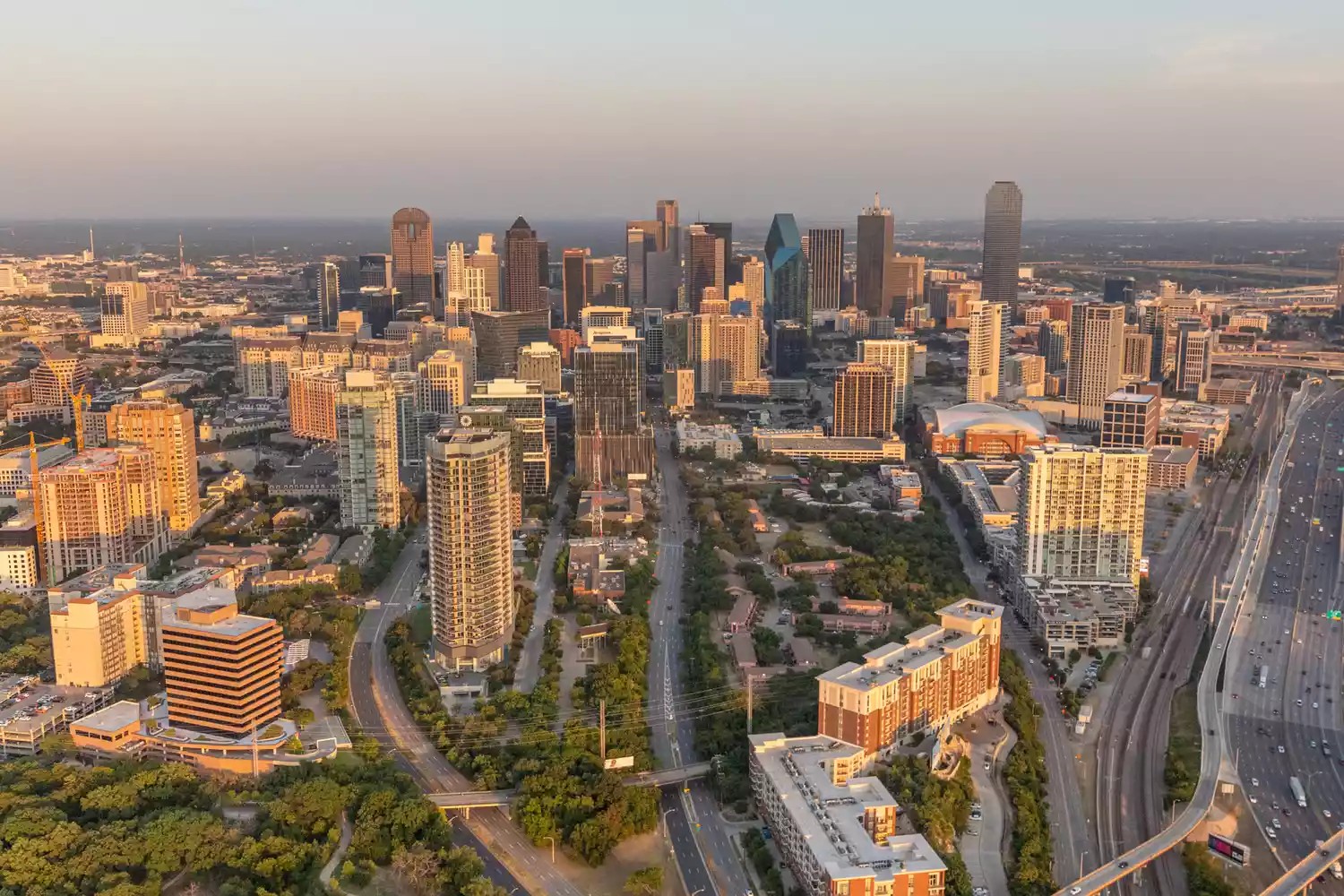As a fourth-generation Dallasite on both sides, my current check out home took me by surprise as I walked the new-to-me Harwood District. Driving past the Rolex structure is a vibrant childhood memory, however until this year, I did not recognize that area of the city was a pocket of hidden gems. The Harwood District’s indisputably central place allows for simple strolling access to the city’s biggest entertainment complex, its best museums, and its most popular path.
There’s one thing all visitors need to understand before taking a trip to Dallas-Ft. Worth: You’ll remain in the vehicle a lot. In these 2 stretching cities, it’s uncommon to discover one main area where you can avoid highway traffic and nightlife turmoil entirely.
Harwood District is one of those uncommon places, and that was deliberate. Its owner, Harwood International, is a family-owned realty and advancement company that prides itself on the ability to create ingenious experiences. The 19-block district is home to architecture from the likes of Kengo Kuma, office customers like Rolex, and a growing number of food and beverage offerings. The standout is La Rue Perdue, a European-inspired cobblestone street with dining stations that include a pub, pizzeria, and little market just a few steps from each other. The charming little street seems like a street of sidewalk cafes in Paris; it’s like absolutely nothing else in Dallas.
Harwood’s Saint Ann restaurant occupies a historic landmark, St. Ann’s School, the first school for Hispanic children in Dallas. Another Dallas rarity is discovering preserved history, and having this structure refurbished was a smart move by Harwood. The Barbier-Muellers are the wife-and-husband duo behind Harwood International and are likewise the owners of the largest private samurai collection outside of Japan.

One of Dallas’s more impressive attractions is Klyde Warren Park, constructed over a highway and using a walkable connection in between classy and downtown. But it ends up Harwood developed a park above concrete back in the early 1990s, years before Klyde Warren Park existed. Marie Gabrielle Gardens sits in between 2 office buildings and above a parking lot, blending visitors away to the Parisian gardens of their dreams. Here, long stretches of trees are completely lined along a gravel path and divided by quiet water features. Picturesque in every way, I’m uncertain a more beautiful manicured garden exists in the city with the exception of the Dallas Aboretum. Visitors can roam the gardens free of charge during the day by means of stairs that provide street gain access to, however it is ruled out a public park.
If Harwood is a district of concealed gems, the crown jewel is the newly opened Hôtel Swexan. Basic manager Julian Payne brings an enthusiasm for remarkable service and over 30 years of experience managing shop and luxury hotels including The Ritz London, Hotel de Crillon in Paris, and Mandarin Oriental properties.
The 134-room, 20-floor hotel has a domestic feel with spacious spaces consisting of floor-to-ceiling windows. The grand marble restroom in our corner king was well-equipped with Le Labo products and an oversized bath tub neglecting the city with a water fill from the ceiling. Another well planned facility is the eighth-floor gym– a sprawling, earth-toned space with high-grade devices using a cold plunge, steam spaces, saunas, and an outside balcony for yoga.
The most noteworthy is Stillwell’s, a tribute to Texas ranching queen Hallie Stillwell and an outstanding addition that shines amongst the well developed steakhouse scene of Dallas. Harwood’s HWD beef is sourced from the family’s Akaushi cattle ranch on the Texas-Oklahoma border. The Harwood program systematically accepts the use of every part of the animal to produce leather products and beef products.
Hôtel Swexan was created by Harwood favorite and world-renowned architect Kengo Kuma. I can not help however consider his method suitable to the higher vision of the Harwood District it calls home.
